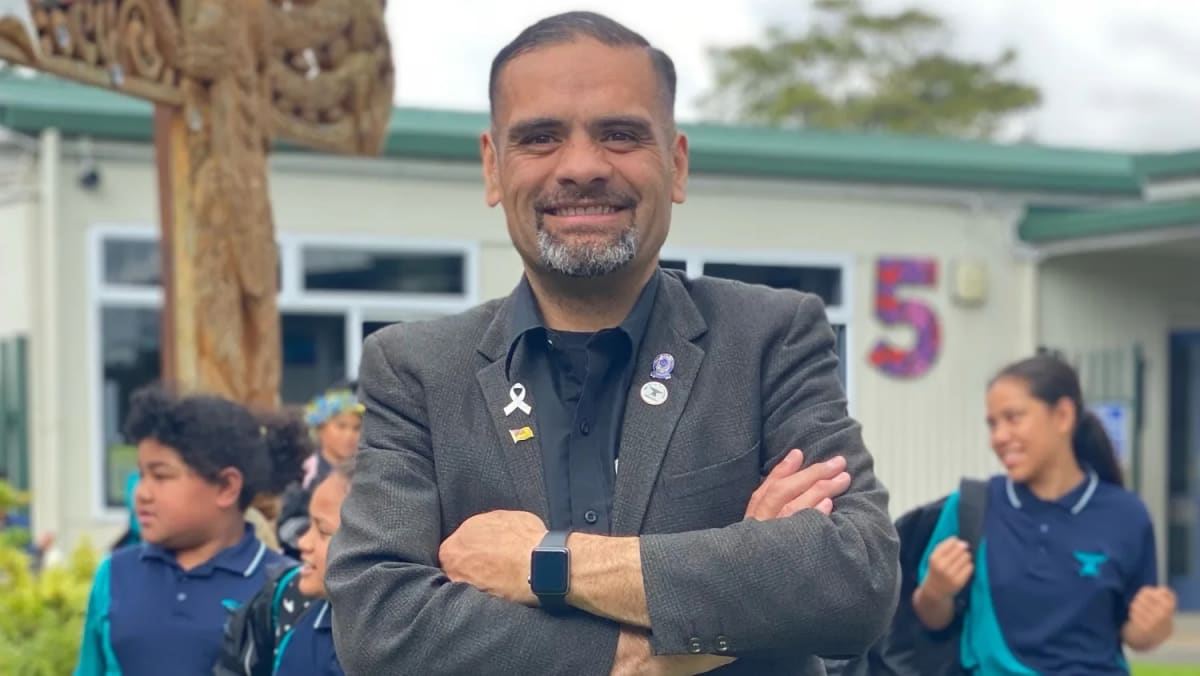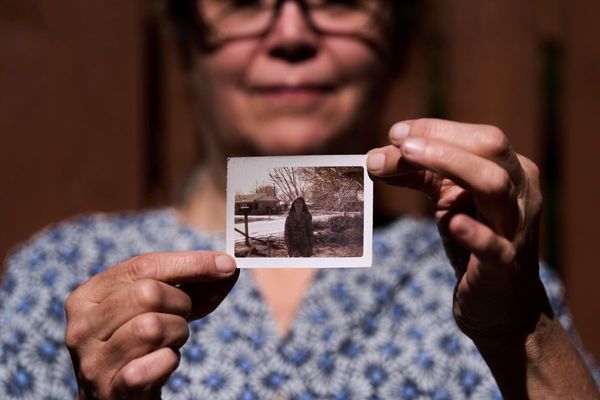
Newsroom survey: School leaders hope official workshops starting this week will resolve apparent anomalies in the new equity index that replaces the tired and broken decile funding regime
Danny Nicholls expects Te Matauru School will lose funding when the flawed decile rankings are replaced next year with a more nuanced and up-to-date measurement of children's socio-economic challenges.
That's okay. He'd been expecting it anyway – the school he heads was opened just three years ago; in that time its roll has grown from 88 to 212 as Rangiora embraces an influx of new workers and their families into its new subdivisions, a legacy of the Canterbury earthquakes rebuild.
"The devil will be in the detail," he says. "And I think inevitably there will be some outliers that don't seem to match up with the spirit of what's intended. But I think what we have heard so far is that the quality of the data that's being used is much more granular and it's much more likely to to be accurate than perhaps what's gone before under the decile system."
There are other principals who are more concerned, worried they'll be among the 250 schools whose funding drops when the new equity index is set in place. The Ministry of Education is running online workshops, beginning today, to explain why some schools have climbed the index more than their neighbours, while others have dropped.
The ministry hasn't yet published the new equity funding numbers, but Newsroom Pro has surveyed schools about their new index numbers and their expectations of what it means. Some of the 200 principals who responded are asking the Government to provide more than just 12 months funding to cushion the fall.
Early indications from the survey of 200 schools, and from Ministry of Education documents, are that mid-decile schools are those most likely to lose funding – mainly in communities that have changed dramatically such as Rangiora.
Most of those principals asked that their schools not be named, until they have a clearer idea of the funding implications next month. "We are likely to receive less funding despite assurances and serving the Ōtara community," says one. "We had five deaths from shootings in families affiliated to our school over the past two years."
According to the survey, there are schools that presently have a decile 7 ranking (perceived as relatively affluent) that have now been assigned higher equity funding numbers than her school. "We have no idea of what it will mean to our school and community," she says.
In the absence of any explanation from the Ministry of funding implications, primary and intermediate principals have been circulating their own calculations on social media groups. "From what we understand, our funding will be cut," a Mt Wellington principal tells Newsroom. "This would be detrimental to our school."
From flawed decile ranking to new equity index funding
Another Auckland primary principal acknowledges the new equity numbers are a more reliable way of comparing school pupils' needs but, nonetheless, she fears "a massive impact on our budget" after changes to social housing in the school catchment.
And a Hamilton principal says: "We feel we are in line for a big funding cut over the next three years. It's frustrating as we struggle now."
Education Minister Chris Hipkins squeezed $75m from this year’s Budget to top up schools’ annual operational grants. Existing high decile schools (some of which received no decile funding) will get a slightly bigger proportional share of that additional funding.
"We are optimistic that this is a much fairer approach towards meeting equity needs," says one such principal, Tony Grey at Te Ao Mārama school in Hamilton.
"As a decile 10 school we receive $0 for a big component of a school's funding, yet we currently fund well over $300,000 towards meeting the learning, social, emotional and health needs of our learners. A huge percentage of this is school-funded."
"We surely can’t be any worse off! Even a small amount will help …"

On total equity funding per student, it is schools in Tai Tokerau, Tairawhiti and Hawke's Bay that will continue to need, and receive, the most assistance. So too, specialist schools and activity centres serving children with additional challenges.
After the initial 12-month buffer, the equity funding to 50 schools will decrease by more than 5 percent. For the remaining 200 schools facing a drop, it's less than 5 percent. That will look like a relatively small decrease – at least, from the Government’s perspective. From the perspective of a principal trying to balance the budget and keep the lights on, even the loss of a few thousand dollars can seem an insurmountable challenge.
Some principals say the Government should run the numbers on the cost of topping up those 250 schools to their existing baseline, for three or four years until their entitlement catches up to that number anyway, through price rises and roll increases.
Hipkins notes that about 2000 schools will receive an increase in their funding, and no schools will lose funding because of these changes in the initial 12 months.
Before the cuts take effect in 2024, he tells Newsroom that the ministry will be working closely with affected schools. “These changes are important because it means funding will be better targeted to those students who need it,” he says. “The goal is to give every child the same opportunity to succeed, regardless of their background, who their parents are or where they grew up.”
Starting in 2024, there will be a transition process that caps reductions to 5 percent a year until schools reach their new, lower funding entitlement.
“These changes are important because it means funding will be better targeted to those students who need it," Hipkins says. "The equity index uses a much more comprehensive and accurate dataset, and instead of the stigma that comes with being given a decile number between 1 and 10, an average is provided on a 226 point scale, which will shift as a school’s population changes."
There are four fundamental problems with the decile rankings the Government and schools hope to address. First, they are determined by just five overlapping measures: the percentage of households with low incomes, benefits, low-skilled employment, no educational qualifications and crowding.
Second, the data is desperately out of date: the socio-economic ranking is derived from the 2013 Census, and the associated isolation index – extraordinarily – is drawn from the 2001 Census.
Third, the decile rankings measure the neighbourhoods from which a school's roll is drawn, rather than the actual challenges of the children attending a school – so they fail to recognise the impact of more affluent kids being driven or bussed to schools on the other side of town.
This contributes to the fourth problem: decile stigma. Extensive research shows parents wrongly judge a school's teaching and resources according to its decile ranking. A low decile school is wrongly considered by many to be poor quality, despite Education Review Office reports and achievement data showing they are more likely to lift children's performance.

An example is a recent financial self-help book by Lucia Xiao, an Auckland mortgage broker whose firm's accreditation was withdrawn by banks last month after complaints. In a section on researching before buying, she tells of pulling out of the purchase of the house they were looking at as their first home.
"It was located on Kings Road in Panmure which was not far from where we were living," she writes. "It was a tidy property and there was a huge backyard which the agent told us could be subdivided. We were keen to go ahead but then a 'huge' issue popped up – the school zone. The house was zoned for a low-decile school and we knew our firstborn, Harrison, would be starting school in four years. I pulled the plug and refocused on the Pakuranga area, which had better schools ..."
It is that kind of ignorance that causes enormous frustration to school boards and teachers. They have been upset at the misplaced stigma attached to decile rankings. In fact the low-decile schools have more funding and so are sometimes better resourced. But some principals, such as Karl Vasau at Rowandale school in Manurewa, are dubious that updating the equity funding will change the stigma.
“There has been very little information about how the equity index works, how students are graded and most importantly, the impact this will have on school funding.” – Shirley Winters, One Tree Point School
“Remuera parents are not going to come and enrol their kids in our school,” he told Newsroom, when the new funding system was announced in the Budget. “What I’m after is a system that fully supports schools to close the gap created by poverty and hardship. But this won’t stop parents making judgments on the quality of the school.”
The main concern about the new equity index is simply the delay in explaining how the numbers are calculated – and the ministry is promising to remedy that in the online workshops starting this week.
Pat Newman, at Hora Hora School in central Whangārei, says he doesn't know what other principals are fussing about. "Schools have been yelling for years for a change," he says. "This is a far more equitable solution worked on for a number of years by practitioners and the Ministry of Education. It would help if principals kept up their reading!"
But across Whangārei Harbour at One Tree Point School, principal Shirley Winters disagrees: "There has been very little information about how the equity index works, how students are graded and, most importantly, the impact this will have on school funding."

In response to the survey findings, Newsroom asked the Ministry of Education this week about a bigger cushion for schools affected by a drop in funding.
Sean Teddy, the ministry's hautū for operations and integration, reiterates that there are transition arrangements in place.
"Recent Budgets have taken place in the context of significant competing demands both within the Education portfolio, and across Government," he says. "This year was no exception.
"The investment of an additional $75m per annum in equity funding through Budget 22 is a 50 percent increase in operational grant funding targeted to address socio-economic barriers, and fulfils a long-standing commitment to replace the decile system and direct this funding to where it is most needed."
Previous decile recalculations provided little buffer when schools' funding was cut; this one will provide partial resourcing for up to four years for some schools
"There is a balance between directing funding now to those schools and kura and young people who need it most, while also making sure the transition is sustainable," he says. "We will work with those schools and kura that will face a reduction in resourcing due to these changes, once funding for 2023 has been confirmed."
Average equity index number by region

The equity index is "intentionally redistributive", Teddy says. "Deciles have not been updated for a number of years and as a result some schools and kura have received more operational funding while others with more barriers have received less.
"While there is interest in those who will see a reduction in funding, it is also important to remember that there is a significant number of schools and kura who will receive more funding as the result of these changes. As a sector we look forward to seeing the positive impact that this has for those learners with the greatest barriers to achievement."
By the time schools have their provisional 2023 rolls and receive their funding rates in September, Teddy says they will have more information about how the system works. But for now, the algorithm is still under development. "We expect that this will be released in the coming months."
Back in Rangiora, Danny Nicholls says funding changes can be swings and roundabouts. "Sometimes you win, sometimes you don't," he says.
"The 12 month cushioning is a bit like when you have a staffing drop or a roll drop – you've got some time. But that's really where it requires strong leadership and careful management to make sure that the school can can buffer their way through it."







